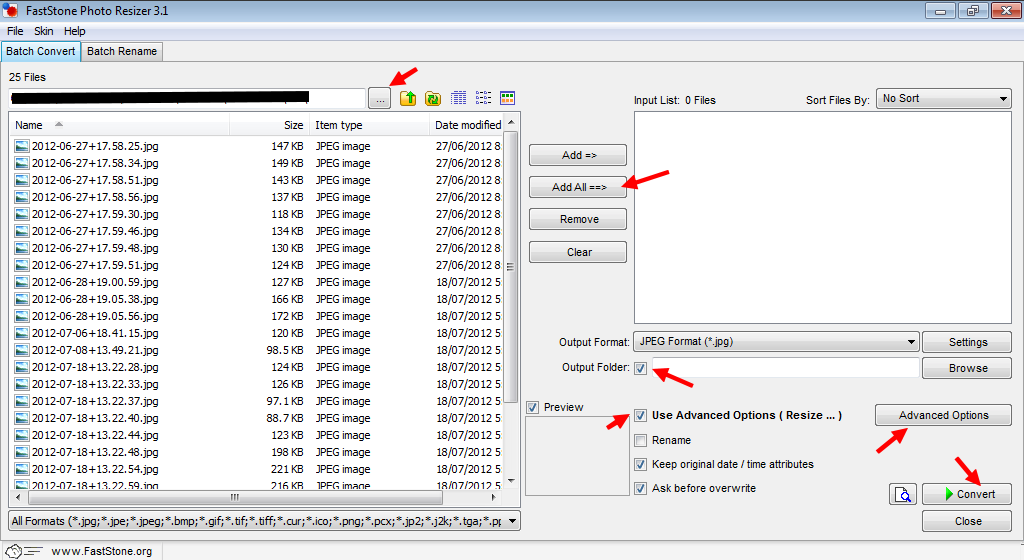
This can make the whole process quicker and easier if you always resize your images the same way. Therefore, the next time you open the Photo Resize tool, you will see the same values and options that you entered and selected during the last resizing. For instance, if you enter 60%, the photo resizer will reduce the width and height of the original image by 40%.

The " Percentage" option can come in handy if you want to reduce the size of your image not to the exact pixel dimensions, but approximately. So, its resized copy will become 2500 x 1667 pixels. The size of the original photo is 5835 x 3890px. The height of your image will be changed to 2500 pixels, while its width will be reduced to a smaller number. However, if you upload the same photo, choose " Maximum width & height", and enter 2500 for width and 2500 for height, you won’t get a rectangular image as the result. Instead, it will be placed against a blurry background. But your photo won’t be awkwardly cropped. These settings will produce a rectangular image. Let’s say, you upload the same vertical image from the previous example – its size is 5835 x 3890px – and choose " Exact width & height", then enter 2500 for width and 2500 for height. The "Exact width & height" and “Maximum width & height” may seem similar, but they work differently. The width was altered automatically to preserve the aspect ratio of your original image. After the resizing process is done, you will get the image that has the height of 2000 pixels and the width of 1333 pixels. Next, you type in “2000” into the bar below. You upload a vertical photo that’s 5835 x 3890px and choose the “Exact height” option in the Output Settings. You will have control over only one value since our photo resizer will change the size of the other side automatically.įor example. With the first two options, you have to enter the exact number of width or height in pixels. Or, let us know which app your favorite is for resizing pics.In the app’s settings, you can choose one of the 4 resizing options: "Exact width", "Exact Height", "Exact width & height", "Maximum width & height" or "Percentage". Give it a try and let us know what you think. But for quick and basic resizing, the Photos app gets the job done. If you need to resize images to a specific size for a work or school project, it’s usually best to go with a more powerful third-party app such as SnagIt or. And if you have an image that’s too small, the resize option won’t even be available.Ĭurrently, the resizing options in the Photos app are basic, and it doesn’t offer a whole lot of choice. For example, if you have a photo that is already large, some of the resizing options will be grayed out.

It’s also worth noting that the resizing options will vary depending on the original size of the image. Choose the size you want and then where you want the resized image saved. You will also see the original MP size of the image, so you have a reference point. The sizing options include Small (0.25 MP) for profile pics and thumbnails, Medium (2MP) for emails, and Large (4 MP) for viewing. Next, another menu will open with three different options for resizing your picture. Once the image is displayed in Photos, click the (three dots) option on the Top-Right of the screen - aka See More, and then choose the Resize option from the menu. Or, you can open File Explorer and right-click the image you want, and choose Photos from the “Open with” option. To resize an image, open the Photos app and choose the picture from your library that you want to resize.


 0 kommentar(er)
0 kommentar(er)
